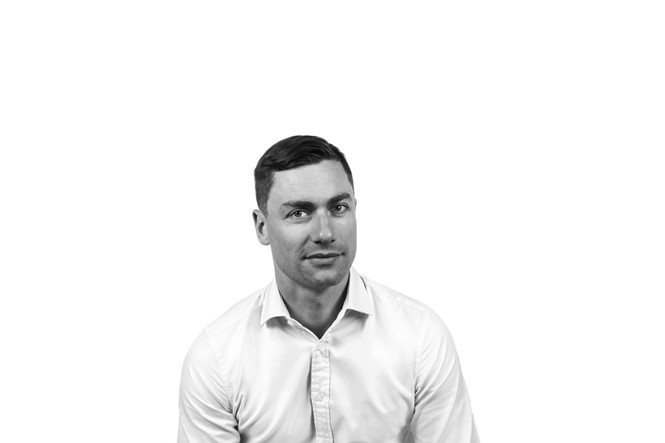Insights: Place, identity and positioning – using the past to frame the future

Place branding requires an understanding of a location's past and future, says Hugh Stevenson. Anatomy is shortlisted at this year's Transform Awards Europe
‘Where do you live?’ Almost certainly one of the most common questions we ask when meeting new people. Place is a way to find common ground. Or highlight differences. Place and our identities are not just tightly woven, they are inextricably linked. Our past and where we are from don’t just define who we are now, they frame our future, they influence our ambitions and who we want to be, or who we don’t want to be.
It’s the same with place. Start talking about an area’s history and you get someone’s attention. It immediately provides the human perspective we need to connect because we naturally look for links and points of comparison when we’re trying to understand something. That’s how positioning works. And it's all about positioning.
An area’s past helps us to frame the present and define the ambition for the future. What’s there that is still relevant and might inspire pride? Which reputational challenges do we need to overcome? What can we leverage to create interest from the outside and encourage investment?
It's not just about mining the past for the sake of it. If we don’t tie it to what’s happening in the present, if it doesn’t resonate with communities and stakeholders today, it’s just telling a nice story for the sake of it. It’s not branding.
Working in the Vauxhall Nine Elms Battersea Opportunity area it was obvious that each of the three locations within it already had distinct personalities, and that the most effective strategy for a Vauxhall place brand was to further distinguish it from its neighbours.
Any brand process needed to acknowledge the area’s challenges whilst playing to its strengths; it needed to feel different but also be honest. It’s easy to overlook the life and communities that make Vauxhall interesting. Climbing, cross-fit, craft beer, 24-hour clubbing, drag, cabaret, fringe theatre, cute vegan cafés and an art gallery cluster are just some of the things that make up its unusual offer.
But the journey to regeneration will be longer than its neighbours. Aside from major developments, all with different completion dates, the remodelling of the dominating, inhuman gyratory and the public realm masterplan are big messy projects. As the cranes increase, so will its sense of being inhospitable. But the end result will be infinitely better for everyone. And place branding is, if nothing else, the promise of a better future.
The seminal history of the Vauxhall Pleasure Gardens, what they stood for and the impact they had, provided a way to connect with the past in a meaningful way. With a knowing smile, the Vauxhall London identity celebrates variety, difference and the unusual. It is inclusive; inspired by today’s lively, offbeat mix of people, cultures and things to do as much as it draws on a bizarre and eclectic past.
Digging around for a story to connect to sounds easy for a central London location, a second city or a cute market town perhaps. But things that might feel mundane if you know an area are often real assets. Sporting heroes, artists, musicians, agriculture and industry all provide opportunity. There’s always something there. Scratch the surface and you’ll find what a place means to people. And why it’s important.
Hugh Stevenson is the managing partner of Anatomy












